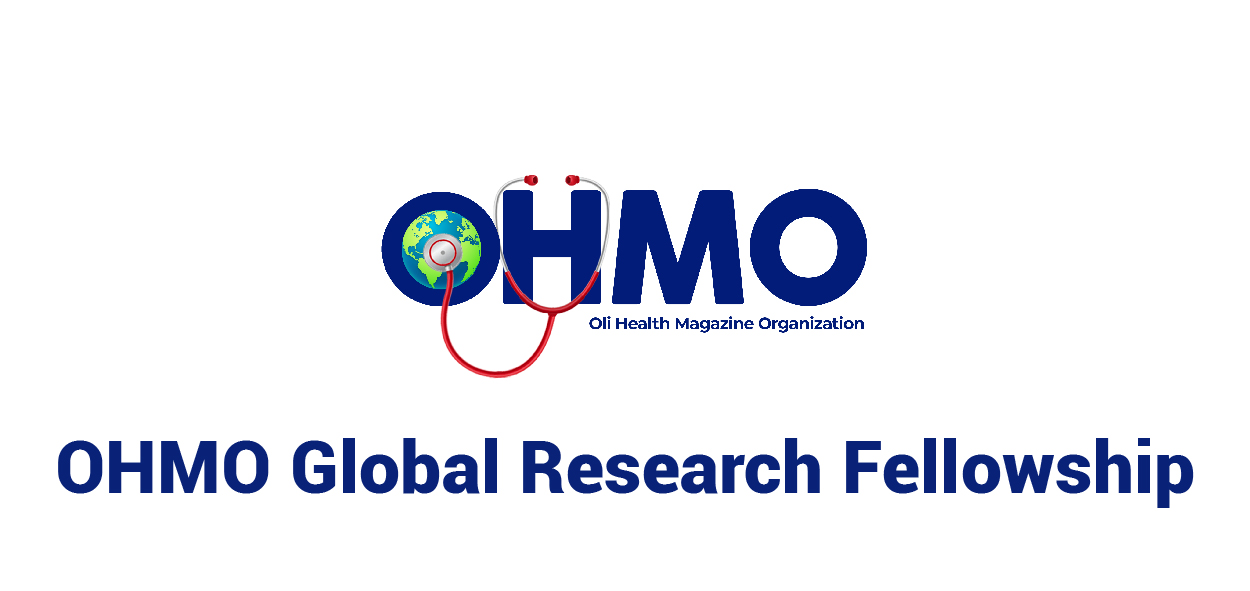ABSTRACT
Wernicke korsakoff syndrome is caused by thiamine deficiency in the body. Thiamine not available in the body, is a substance to be taken from outside with foods. There are some conditions that reduce the metabolism of thiamine taken from the body and cause a vital risk. The most important factor is alcoholism.
Wernicke Korsakoff syndrome produces both neurological and vestibular symptoms. At the same time, the damage of these symptoms to the patient psychology cannot be ignored. The aim of this study is to investigate the damage and mechanism of the syndrome in the vestibular system.
In this study, we investigated vestibular symptoms of Wernicke Korsakoff syndrome due to thiamine deficiency, differences of vestibular system according to individuals and mechanism of damage caused by syndrome in vestibular system.
INTRODUCTION
Wernicke-Korsakoff Syndrome is actually caused by two different diseases. Wernicke's encephalopathy is a condition that causes brain damage in the lower regions of the brain, thalamus and hypothalamus. Korsakoff's psychosis can be explained by permanent damage to the memory areas of the brain. The most common clinical symptom seen in patients is distractibility. This may include nystagmus (involuntary, rapid, recurrent eye movement), ataxia (inability to coordinate movements), and ophthalmoplegia (inability to move the eye). This condition may be caused by oculomotor, abducens and vestibular nucleus lesions.
Thiamine is a vitamin that is not be produced by our body.Thiamine deficiency may result from an inherit or acquired cause. Long-term and regular use of alcohol, unbalanced diet can cause thiamine deficiency, and have a direct effect on the central nervous system In previous articles, the damage to the vestibular system of these syndromes due to thiamine deficiency was generally evaluated separately, but there was not enough compilation on cases where the two syndromes were seen together. The aim of this study is to evaluate the damage in the vestibular system of the syndromes of thiamine deficiency. This research is related to the damage of this syndrome on the vestibular system and the symptoms observed in patient groups and experimental animals. This research is a response to the following questions which should be questioned in this sense:
Does the treatment of thiamine deficiency correct the damage caused by thiamine deficiency in the vestibular system?
Is Thiamine deficiency a deficiency directly damaging the vestibular system?
Does the damage caused by the deficiency of Thiamine produce the same symptoms in all patient groups?
How do the symptoms of vestibular damage caused by the Wernicke Korsakoff syndrome of Thiamin deficiency?
LITERATURE REVIEW
Goor, Endtz and Kobolt (1975) evaluated the results of the ENG to see the dysfunction associated with the Wernicke Korsakoff syndrome. In order to see vestibular symptoms in 39 patients with a definite Wernicke Korsakoff syndrome and the cause of the syndrome as chronic alcoholism and malnutrition, ENG and caloric tests were performed. Then, the tests were examined with thiamine treatment lasting 24 hours. According to the results, patients had similar nystagmus in ENG results. Clearer answers were obtained from caloric tests after thiamine treatment. It was determined that the only case in which the results obtained from these patients could be different could be seen in pontine process cases. Electro-nystagmography presents a characteristic picture of spontaneous nystagmus during fixation and annoying vestibulo-ocular responses to caloric stimulation in Wernicke-Korsakow syndrome. According to this study, only a few cases with pont processes had different results. It was observed that the classic symptoms and vestibular symptoms related to thiamine deficiency could be improved after thiamine treatment, but the damage in memory could be permanent. After treatment, it was noticed that the ataxia that occurred when walking on a flat surface was significantly reduced. Horiontal nystagmus was observed in the clinical results of Wernicke-Korsakoff syndrome. In this study, this result has been confirmed with ENG results. Spontaneous nstagmus was observed in fixation. It has been found that nystagmus have a small amplitude with a frequency of about 2.4 seconds and are generally symmetrical to the left and right sides for glances. In some cases, nystagmus was observed in the first position of the test in the eyes, but this nystagmus occurred at a lower frequency and in a different way. According to these results, it can be said that this syndrome due to thiamine deficiency directly affects the vestibular system, causes similar damages in patients, and that this condition can be confirmed by the tests used in the clip. In this study, Wernicke Korsakoff syndrome due to thiamine deficiency revealed characteristic vestibular results with patients.
Furman & Becker (1989) determined vestibular responses to Wernicke encephalopathy by evaluating vestibular ocular reflex. Two patients with Wernicke encephalopathy were evaluated for vestibular ocular reflexes. Both patients had hypoactive vestibular response to stimuli. In one patient, upgaze, downgaze, decreasing with fixation, upward nystagmus was detected. Both patients received vestibular responses after treatment with thiamine. The vestibulo-ocular reflex caused by damage to the vestibular nucleus and nucleus prepositus hypoglossia was found to be a permanent deterioration. According to these results, we can see that vestibular system damage due to syndrome may be recovered after thiamine treatment.
Lee, Sang-Hoon Kim, Ji-Min Kim and Tarnutzer (2018) observed vestibular damage in the horizontal canals due to Wernicke encephalopathy and examined the caloric responses and VHIT responses in the patients in order to examine the treatment-related results. VHIT and caloric evaluation of patients with Wernicke encephalopathy were performed. Four of the 5 patients tested had reduced caloric responses, while one patient could not be tested. Caloric responses were significantly reduced in three patients. When verstibulo ocular reflex analysis was performed, all patients had reflex responses. It was noticed that horizontal channel disorder was observed in these patients but vertical channels were preserved. Thiamine treatment was started in the patients. Following treatment with tamin, the responses were significantly improved. This situation shows us that the syndrome directly damages the structures related to the vestibular system and that the vestibular damage caused by the syndrome does not cause any damage to the vertical horizontal channels of the patients and it creates similar effects in the patients. We also notice that thiamine treatment can improve the damage of patients.
Tellez and Terry (1968) have done a study to investigate the effect of vestibular nuclei of rats on thiamine deficiency. In this study, which was performed with albino rats, some of the rats were given diet while the other part was applied to the other part of the diet. In the presynaptic and postsynaptic neurons of these animals' vestibular nuclei, damage was caused due to thiamine deficiency, which was reflected in their vestibular evaluations. According to previous studies, people, dogs and penguins have similar clues. When the thiamine deficiency was eliminated, damage to the vestibular system was observed to be minimized. In this case, we can see that the impact on animals is similar to that in humans.
METHODOLOGY
Previous studies have divided this syndrome into two stages. Because the two syndromes show similar symptoms, the literature has begun to be studied together. This study differentiated the two syndromes as a syndrome. In this context, the damage of the syndrome to vestibular system is based on the new expression in the literature.
This study reviews articles on the Wernicke Korsakoff syndrome due to thiamine deficiency.. In the research period, articles were evaluated according to years and studies and an analysis was conducted to determine the relationship of the syndrome with vestibular symptoms.
This study is a qualitative study by evaluating current articles. It is a compilation of articles investigating the damage caused by thiamine deficiency in the vestibular system, symptoms caused by deficiency, evaluation process and the effects of deficiency.
In this study, it has been paid attention that the articles discussed in this study are based on current medical approaches. Accordingly, the articles reviewed were selected from the years that fit the principle of data collection. In this context, this study investigates the effects of thiamine deficiency on direct vestibular system damage and observes the effects of deficiency.
DISSCUSSION
Thiamine is not a substance that the body can produce itself, but it is a substance taken from outside. Various nutritional sources contain this vitamin. However, studies show that; There are some conditions that should be considered when consuming nutrient sources that provide this vitamin. According to the results, the most important of these is to limit the consumption of alcohol while consuming food sources containing thiamine, because of the excessive metabolism of alcohol prevents the metabolism of this vitamin.
Thiamine deficiency shows some vestibular and neurological symptoms. According to the results of the articles used in this research; the symptoms related to thiamine deficiency may occur differently in each individual. These symptoms may be confused with neurological symptoms. In this context, careful consideration is given to detailed examination to separate symptoms.
All of the vestibular and neurological symptoms associated with thiamine deficiency are called Wernicke Korsakoff syndrome. In previous studies in the literature, this syndrome was thought as two different diseases. However, according to the results of the current discussions; this lack of similar symptoms can be considered as a single disease. In this context, treatment can be corrective.
When we look at the vestibular injury of Wernicke Korsakoff syndrome, nystagmus due to loss of purkinje cells in cerebellum, inability to move the eyes and weakness in the orientation perception are observed; due to neurological damage, we see blurring of consciousness, memory loss, and distractibility. For this reason, it is very important to evaluate all the injuries for the disease.
CONCLUSION
Thiamine deficiency is caused by Wernicke Karsokoff syndrome with some external factors. This syndrome shows the most important effects of alcoholism. It causes neurological, vestibular and psychological symptoms. In this context, we can say that thiamine deficiency is a disease that causes damage in the vestibular system due to nystagmus formation and imbalance. The most important detail in the treatment stage is the detailed evaluation of symptoms associated with each other.
Writer: VUSLAT YAVUZ , AUDIOLOGIST(�stanbul -Turkey)
REFERENCES:
1] Furman, J. M. R., & Becker, J. T. (1989). Vestibular responses in wernicke’s encephalopathy. Annals of Neurology, 26(5), 669–674.
2]Goor, C., Endtz, L. J., & Muller Kobold, M. J. P. (1975). Electro-nystagmography for the diagnosis of vestibular dysfunction in the Wernicke-Korsakow syndrome. Clinical Neurology and Neurosurgery, 78(2), 112–117.
3] Lee, S.-H., Kim, S.-H., Kim, J.-M., & Tarnutzer, A. A. (2018). Vestibular dysfunction in Wernicke’s Encephalopathy: predominant �mpairment of the horizontal semicircular canals. Frontiers in Neurology, 9.
4] Tellez I., Terry R.D., (1968). Fine structure of the early changes in the vestibular nuclei of the thiamine-deficient rat. Vestibulr Nuclei, Vol.2, 52(4), 777-794.




1 Comments
Zebadia Martin
11 February 2020 00:39